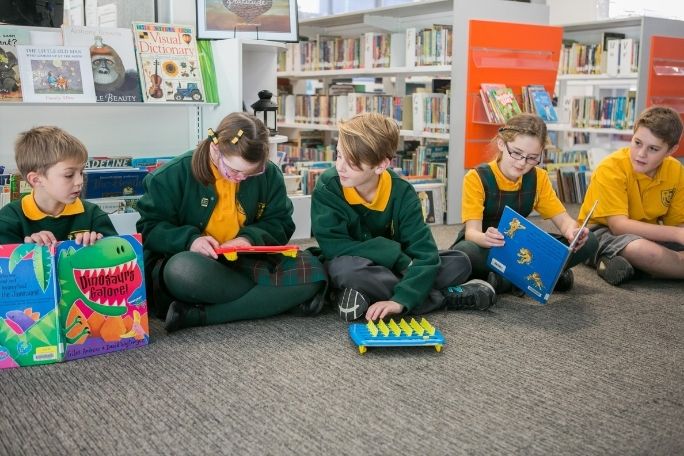Lesson summary
In this lesson, students will explore the fact that as individuals we all have different strengths, and that working with others with different skills can allow us to be more successful. They will begin by considering the image associated with the familiar phrase “if you judge a fish by its ability to climb a tree, it will live its whole life believing that it is stupid,” discussing whether asking seven different animals to complete the same ‘test’ is fair. They will then consider how giving the animals tasks suited to their strengths would allow them to shine, and apply this same thinking to take on roles within a group to create a dance video. The lesson concludes with a discussion about the importance of expressing our own needs and advocating for ourselves, and an exploration of an example video in which making assumptions about the needs of an individual had a detrimental impact on their learning.
Learning intentions:
Students understand...
- That they all have different strengths and will demonstrate their capabilities in different contexts
Success criteria:
Students can...
- Explain their own strengths
- Express their feelings and apprehensions to others
- Work cooperatively with a group to complete a task
Lesson guides and printables
Lesson details
Skills
This lesson is designed to build students’ competencies in the following skills:
- Communication
- Critical thinking
- Creativity
- Community engagement
- Collaboration
- Digital literacy
- Empathy
- Ethical understanding
- Social skills
Curriculum mapping
Australian curriculum content descriptions:
Years 5 & 6 Health and Physical Education:
- Explore how participation in outdoor activities supports personal and community health and wellbeing and creates connections to natural and built environments (ACPPS059)
- Identify how valuing diversity positively influences the wellbeing of the community (ACPPS060)
- Practise specialised movement skills and apply them in a variety of movement sequences and situations (ACPMP061)
- Participate positively in groups and teams by encouraging others and negotiating roles and responsibilities (ACPMP067)
Syllabus outcomes: ALS3.6, COS3.1, INS3.3, IRS3.11, GSS3.8, GYS3.10, MOS3.4
General capabilities: Literacy, Personal and Social Capability, Ethical Understanding, Critical and Creative Thinking
Relevant parts of Year 5 & 6 Health and Physical Education achievement standards: By the end of Year 6, students investigate developmental changes and transitions. They explain the influence of people and places on identities. They recognise the influence of emotions on behaviours and discuss factors that influence how people interact. They describe their own and others’ contributions to health, physical activity, safety and wellbeing. They examine how physical activity, celebrating diversity and connecting to the environment support community wellbeing and cultural understanding. Students demonstrate fair play and skills to work collaboratively. They perform specialised movement skills and sequences and propose and combine movement concepts and strategies to achieve movement outcomes and solve movement challenges. They apply the elements of movement when composing and performing movement sequences.
Level of teacher scaffolding: Low – students are to work independently, making their own decisions about organisational aspects of the independent task
Additional info
Time required: 60 mins
Level of teacher scaffolding: Low – students are to work independently, making their own decisions about organisational aspects of the independent task
These lessons have been developed in partnership with Down Syndrome Australia.
Resources required
- Device capable of displaying an image to the class (or a printed copy of the picture prompt)
- Devices for students to record videos on


Welcome back!
Don't have an account yet?
Log in with:
By signing up to Cool.org you consent and agree to Cool's privacy policy to
store, manage and process your personal information. To read more, please see
our privacy policy here(Opens in new tab).
Create your free Cool.org account.
Many of our resources are free, with an option to upgrade to Cool+ for premium content.
Already have an account?
Sign up with:
By signing up to Cool.org you consent and agree to Cool's privacy policy to
store, manage and process your personal information. To read more, please see
our privacy policy here(Opens in new tab).